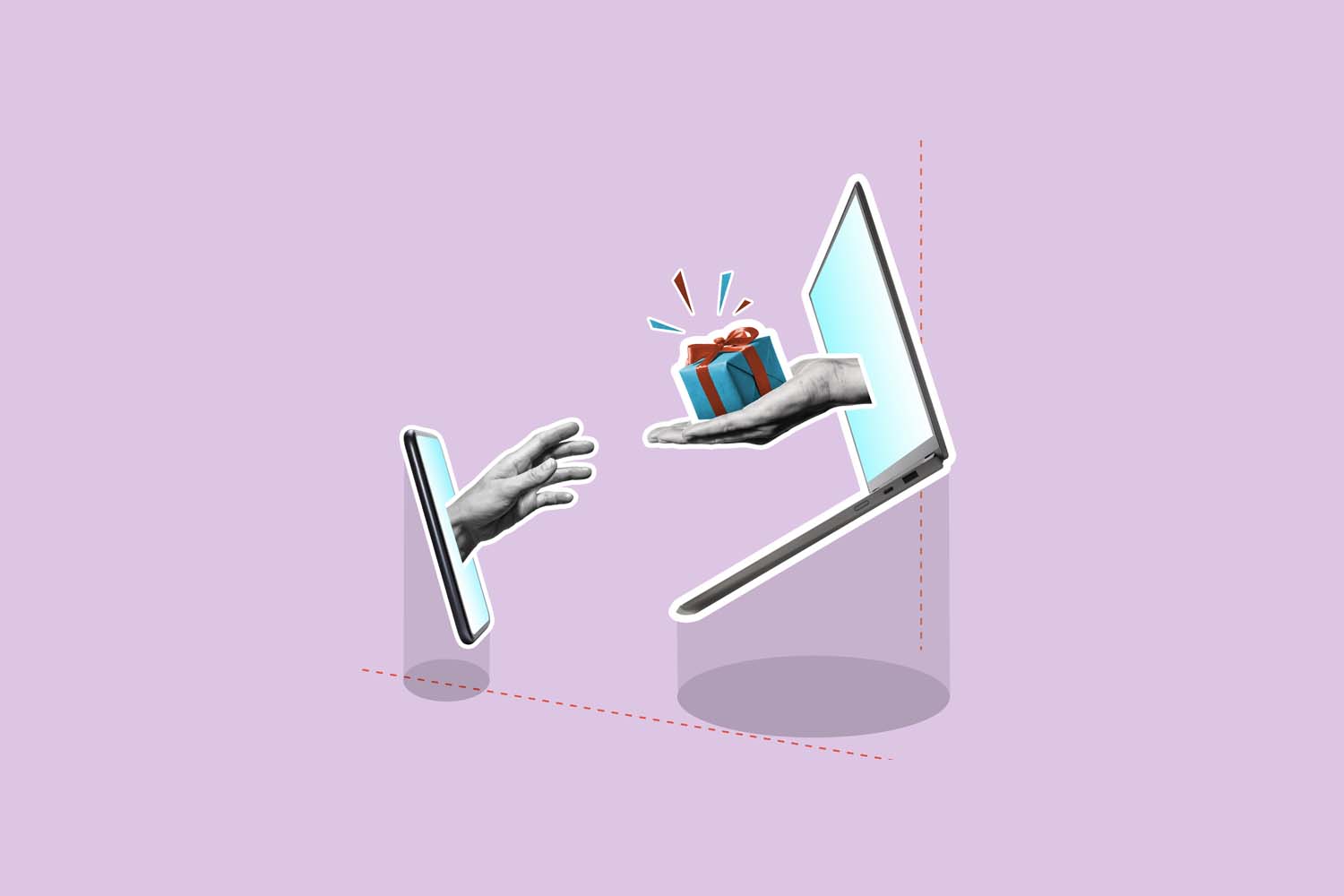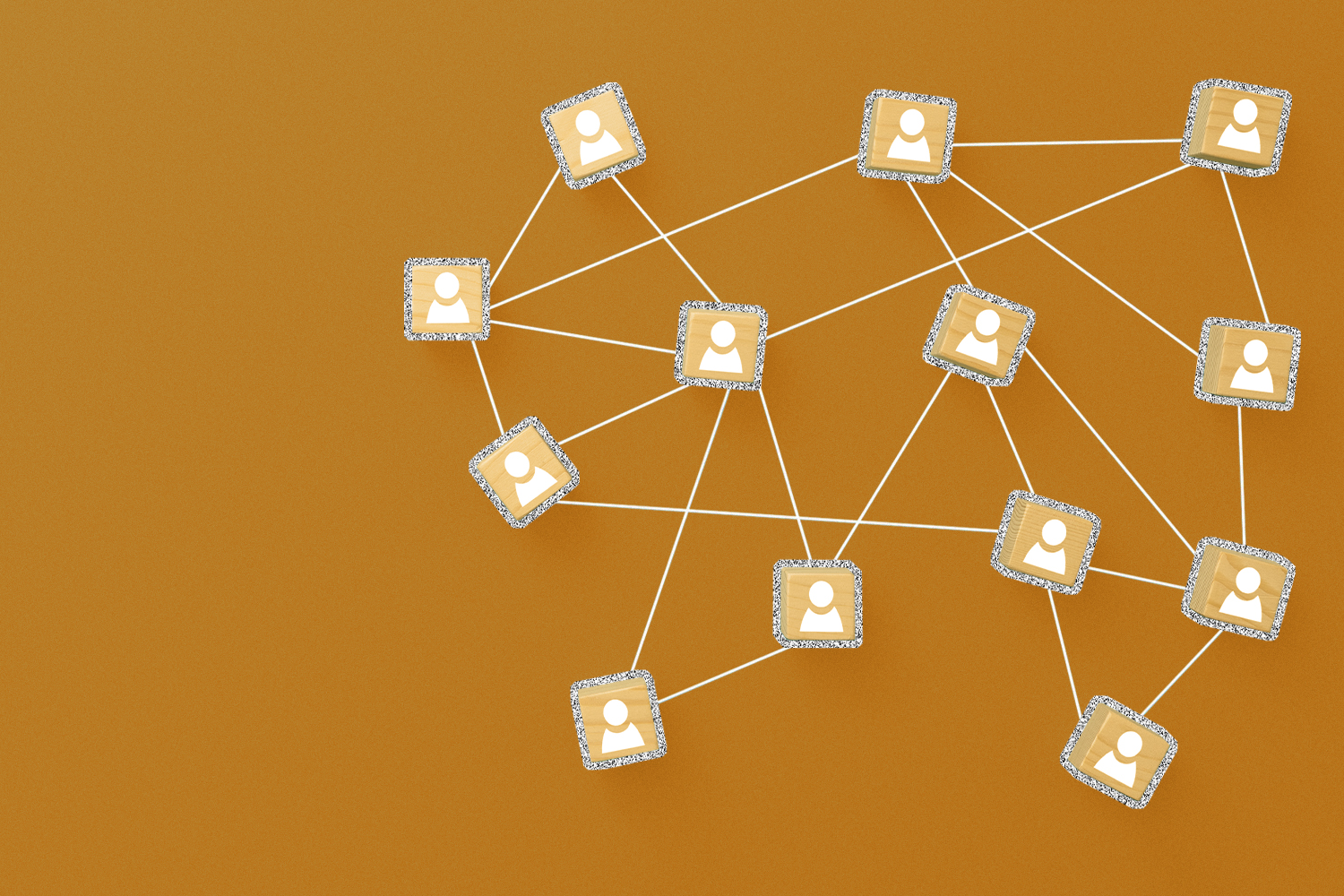Diversity, equity, and inclusion (DEI) summits are annual opportunities for your organization to spotlight societal issues, build community, and showcase how you’re addressing DEI challenges at your organization. Creating opportunities for networking and community building is increasingly important — 56% of employees feel more disconnected than ever from their employer, per the “Future of Work” report.
Senior Executive DEI interviewed leaders across the nation at Cornell University, Boise State University, and the CFP Board Center for Financial Planning on their approach to hosting a DEI summit. Whether you’re planning your first summit or looking for ways to improve your latest iteration, here are eight steps to get started.
1. Determine attendance costs.
You can’t put a price on love but you can put a price on your DEI summit. Cornell University’s annual Inclusive Excellence Summit is free to attend and open to staff, faculty, and students across its six campuses, as well as their surrounding communities.
Sonia Rucker, the associate vice president for the Department of Inclusion and Belonging at Cornell University, and Erin Sember-Chase, the department’s DEI consultant, share they have a $50,000 budget for their two-day summit, most of which is spent on food and drinks, followed by the venue, then on honorariums and speaker fees.
To mitigate unnecessary costs, Cornell requires participants to register, giving them a better estimate for space and catering. While not everyone who registers follows through (150 of 300 who said they were attending the summit in 2022 showed up), it does help you better prepare.
Kodi Romero, the director of the Blue Sky Institute at Boise State University, says their fee is on a sliding scale but the most expensive ticket is $100. The ticket cost, in addition to corporate sponsorships, pays for the summit’s $35,000 budget.
2. Seek corporate sponsorships to subsist the costs of hosting the summit.
To offset costs, consider corporate sponsorships. Not only do they provide an opportunity for you to provide a summit that’s free for attendees, but many corporate sponsors also get involved with the programming, offering insight into DEI topics they’re hoping to learn more about and ones that would resonate with their workforce.
At Boise State University, sponsorship ranges from $600 to $6,000. For 2023, the organization’s sponsors include Blue Cross of Idaho, Molina Healthcare, and colleges at the university, including Boise State University’s College of Engineering and School of Public Service.
Meanwhile, CFP Board Center for Financial Planning, which hosted its inaugural summit in 2018, offers corporate sponsorships ranging from $30,000 to $300,000 for its DEI summit. Dawn Harris, the director of diversity and inclusion at the CFP Board, shares that these sponsorships, in addition to offsetting the cost of the summit, include free registration for a number of employees from the company and admission to “visioning sessions.” These sessions are held the morning of the first day of the summit’s programming, allowing an opportunity for sponsors to share what worked previously and what they look forward to learning from the forthcoming summit. In 2022, the corporate sponsorships also paid for approximately 35 college students pursuing a career in finance to attend the summit for free.
Corporate sponsorships can also be service-based, rather than financial. For Boise State University’s DEI Summit, companies that can’t afford a sponsorship sit on Blue Sky Institute’s DEI Advisory Board where they enlist volunteers to run the summit, or offer their product, like marketing and communications, free of charge.
3. Form a planning committee, and consider including both volunteers and paid personnel.
You can probably plan a summit alone, but avoid it if you can. The more input you have in creating a robust itinerary and the more hands you have the day of, the better the outcome.
Cornell University hosted its inaugural Inclusive Excellence Summit in 2019, which was attended by more than 100 participants, including staff, faculty, and students. Rucker and Sember-Chase have a team of about a dozen volunteers planning and presenting the weeklong summit.
As a group, volunteers meet a few times a year, including right after a summit ends to collect feedback (more on that later). More often, they meet in smaller subgroups to focus on various aspects of the summit, from the closing ceremony content to the logistics of volunteer coordination.
Sember-Chase leads both group and subgroup meetings. “It’s good to have a big group to start with, you get lots of energy and ideas, but at some point you have to rein that in and start scaling down,” she says.
At Boise State University, Romero plans the annual DEI summit, which is in its ninth year, with one team member. In addition to volunteers, Blue Sky Institute also relies on expertise from advisory board members who are paid $400. They meet three to four times a year, offering their opinions and expertise and helping shape the summit. Leaning on advisory board members was really important to Romero.
“Individuals who are most impacted by oppression and racism are the ones putting in the time and effort to put on an event, such as a summit, or lead employee resource groups or [DEI] work within their own organization. It was really important to us to not continue that system,” Romero says.
4. Choose themes for the summit and breakout sessions.
A planning committee and/or paid advisory board can also serve as a sounding board for choosing the summit’s overarching theme and each of its breakout sessions. To land on themes and topics for Cornell, Rucker says they comb industry publications, including Chronicle of Higher Education, Diverse: Issues of Higher Ed, and Inside Higher Ed. As a member of the National Diversity Officers in Higher Education, she’s also exposed to what’s happening in her colleague’s communities. Based on industry news, they then choose a topic that’s relevant to their campus and community.
In 2022, the theme for Cornell’s summit was “Truth and Reconciliation” in remembrance of South Africa’s Truth and Reconciliation Commission, created by Nelson Mandela at the end of the apartheid to investigate human rights violations.
“[Truth and Reconcilitation] has been used in various ways in the United States as well to also bring to light some of the history we have with groups that have been marginalized or subjected to racism, or any other kind of bias or discrimination, so it was really a way to pay tribute to the last two years,” says Rucker.
A few breakout sessions, aimed at exploring “diverse ideas and viewpoints that acknowledge past inequities,” included “The Power of Storytelling: Strategies for Fostering Deeper Understanding and Healthier Relationships,” “Emotional Intelligence,” and “‘Free’ Speech in the Age of Social Media.”
For Boise State University’s DEI summit, Romero highlights topics that give attendees a tool or resource they can walk away with and implement within their organizations. The theme in 2022 was “Pursue Understanding, Challenge the Norm, Collaborate with Community.” Session titles included “Conversation, Not Confrontation”; “Foundations of Racism: A snapshot of America’s history in creating legacies of system inequities”; “Going Beyond Rainbows in June: LGBTQIA+ Literacy and Year-Round Support”; and “Understanding Jewish Identity and Antisemitism.” Some of their most popular breakout sessions throughout the years centered around microaggressions and how to lead inclusive meetings.
“Nobody’s really been taught how to lead a meeting in general and this is a beautiful framework on how to lead inclusive meetings,” says Romero. She adds, in her experience, what’s more important than the content is how it’s conveyed, bringing us to our next point.
5. Hire facilitators, panelists, and keynote speakers, and work to their strengths through in-person or virtual sessions.
Once your theme and topics are locked in, it’s time to find DEI experts eager to impart their wisdom as your keynote speakers, panelists, or facilitators. These guests should not only be diverse in knowledge but also in demographic makeup, preferably mirroring your organization or campus’s makeup. Romero says they also need to be engaging if you want attendees to return year after year. She adds they typically find speakers through Boise State University’s network, advisory board members, and past attendees.
“You can have wonderful individuals who have great content but … especially now that we’re in this virtual world, someone who’s great in person can fall flat virtually and it potentially ruins the sessions,” says Romero.
She adds that Blue Sky Institute engages audiences through Q&As, slideshows, and breakout groups. Rucker and Sember-Chase echo the importance of finding presenters who have experience leading virtual sessions if that’s what you’re hiring them to do.
“You’re looking at people’s backgrounds and you’re watching videos, trying to analyze whether or not it would be better to have [the speaker] in person or virtually, and all of that helps us plan and make a better summit,” Rucker says. “You have to see how things go and if it doesn’t work, you use it to inform next year.”
For its upcoming two-day summit, Cornell is going hybrid: the first day is virtual and the other is in-person, and the keynote will be live-streamed. Not only does the hybrid format allow speakers who thrive in person to shine, but it also opens up the summit to national and international attendees.
6. Make accommodations.
Whether your summit is in-person or virtual, make every aspect accessible to attendees. Prepare for the accommodations by asking attendees to disclose their personal needs or requests during registration.
“Make sure you have the resources and support, whether it’s from a disability services office or whatever is needed, to make sure that the people who are attending both virtually and in person have the experience they deserve,” says Sember-Chase.
Some of the accommodations Cornell has made include providing wireless microphones to facilitators or placing microphones throughout the room and providing transcription services for virtual events. In its Program of Events brochure, Cornell also asked attendees not to wear scented fragrances, provided a quiet lunchroom, and gave advance notice to triggering topics throughout the day. Something else to look into is ADA compliance; the CFP Board ensures its summits are hosted in ADA-compliant facilities, per Harris.
7. Promote the summit.
In the months and weeks leading up to the summit, tap into your network, including corporate sponsors and confirmed attendees, to promote the summit. Rucker says, in addition to asking local nonprofits to promote the event, her office at Cornell promotes it to five colleague network groups — women of color, men of color, LGBTQ+, veterans, and staff with disability — who then disseminate summit details and ask their network to share it further.
Sember-Chase shares that Cornell’s office sent save-the-date announcements in January (three months in advance) for their April summit to DEI leaders across campus. They also included talking points to build momentum and interest in the summit. “We’re giving [attendees] ideas for how to use the summit to support their individual efforts and how to use it as a team-building opportunity with your staff … We’re spelling out ways you could participate in the summit, whether it’s virtually or with your team, and use it as a way to reconnect with your colleagues.”
The CFP Board utilizes its corporate sponsors to share summit details with its network. The top two sponsors are also given a letter to share that shows their commitment to the event and diversity, equity, and inclusion, which further promotes the event and encourages attendance.
8. Collect feedback from participants and attendees.
It’s crucial to collect and apply feedback if you want attendees to return and spread the word about your summit. Romero shares that Boise State University collects feedback by email after each breakout session, asking questions about the quality of the facilitator and the content, and whether it was new to attendees.
When the summit concludes, the university sends another email that evaluates the overall experience, including survey questions on whether they achieved intended participant outcomes, which relates back to the theme and breakout sessions’ topics. The email questionnaire also includes questions on the event cost and schedule.
“If participants don’t feel like they walked away understanding what we were trying to achieve, then that means we didn’t build out the presenters or the content,” Romero says.
At Cornell, Sember-Chase shares they also use feedback surveys to identify attendees’ demographics and campus identities, from human resources professionals to department chairs to other DEI leaders from each of the university’s colleges.
“It’s interesting to be trying to put together something for so many different audiences that might have their own agenda and their own motivation for what they’re hoping to get, so it makes the assessment a bit more challenging if you want to be thoughtful about getting everybody’s feedback in relation to those identities they hold,” says Sember-Chase.
Next Steps
Remember, planning a DEI summit takes time. “You owe it to the community … especially since COVID because you don’t have the opportunity to bring people together too often. When you do something, you want to do it in a way that shows who you are and what this work means to our community,” says Rucker.
There’s no one way to host a DEI summit. Sember-Chase advises, instead of trying to get everything exactly right, just get started. “Appreciate that people want to come together around these topics, they want to feel good, and they want to have the opportunity to share and learn. Keep that in mind because you can have a thousand different sessions that are amazing, but that’s not really the point. The point is that you’re creating a safe space for people to engage around these topics with other people.”
Resources Mentioned:
Chronicle of Higher Education
Diverse: Issues of Higher Ed
Inside Higher Ed
National Diversity Officers in Higher Education
The Future of Work report






